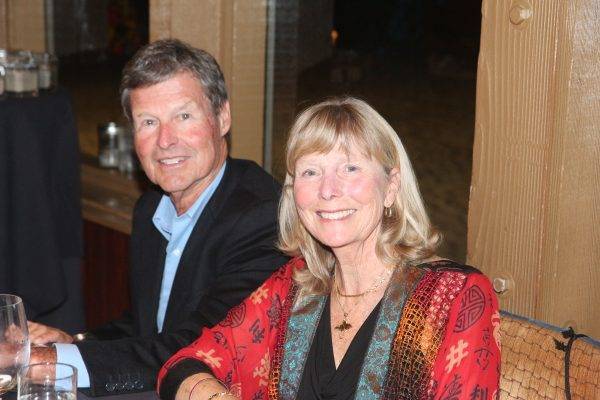by Garth Meyer
The Aviation and Artesia boulevards corridor got a boost from the city council Tuesday night in a 5-0 vote to amend zoning codes, in the hopes to spur a more walkable strip.
The “cut-through area” from near Pacific Coast Highway to the former South Bay Galleria has 15 percent vacancy now, with 15,000 people living within a quarter-mile, said Greg Kapovich, Redondo Beach waterfront and economic development director, in his presentation to the council.
“We want to transition to nighttime and weekend (activity). A seven-day-a-week success story,” he said.
The changes streamline the process to open restaurants of more than 2,000 square feet, ending a requirement for a conditional use permit.
Kapovich told the city council the previous rule was “a big uncertainty” for entrepreneurs.
“Now it’s a lot quicker of a process and a lot cheaper of a process,” he said.
Other changes include the allowance of office space on first floors, outdoor retail displays and “A-frame” signs.
The development space on a lot went from 50 percent to 60 percent. This means, for example, if a property is 1,000 square feet, 600 of it may be developed, and the rest left open – for parking or otherwise. The purpose of the latter is to avoid a walled-off, building-after-building look.
The city planning commission previously endorsed the changes.
“It’s not enough, it’s too little,” said District Four City Councilman Zein Obagi, Jr., to Easy Reader Wednesday. “This is a city moving at a snail’s pace. The real juice is when we reduce the parking requirements.”
The Aviation-Artesia strip runs through Obagi’s district.
Councilman Nils Nehrenheim noted how he has wanted the area to be like Champs-Elysees in Paris, and questioned whether office space on first floors create walkability.
Sean Scully, Redondo Beach planning manager, explained how the stretch of Aviation and Artesia would not necessarily be pedestrian-friendly all the way, but in “nodes.”
City Manager Mike Witzansky added that ground floor office use would bring more activity in general.
“We’re trying to address the vacancy factor,” he said.
Many of the buildings along the strip are single-story.
Witzansky also noted that one of the goals of the project is to create more open space along the stretch for people to congregate.
Outdoor dining is allowed in sections under 150 square feet. Above that number need a conditional use permit.
City staff is now analyzing parking requirements – in the interest of reducing them – which is expected to go before the council later this year. ER










